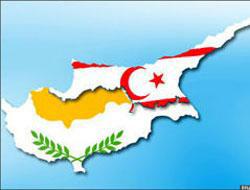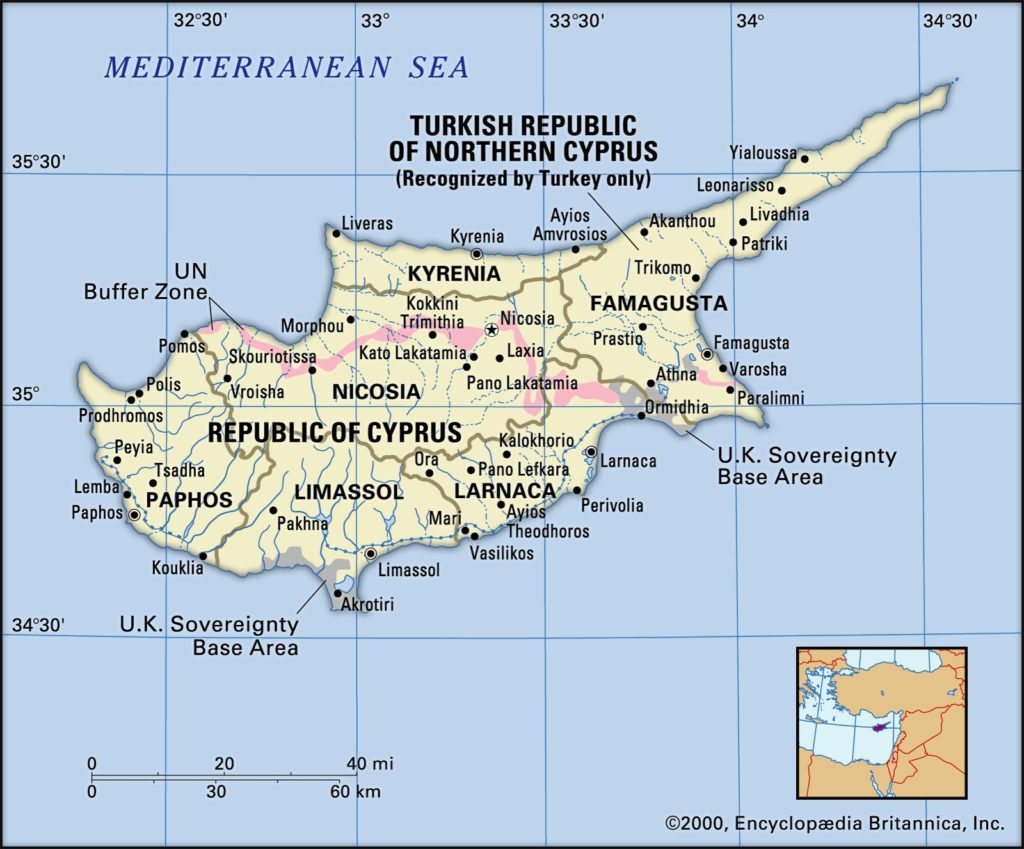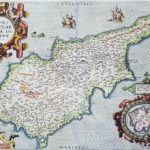The recent history of Cyprus is almost as turbulent as the island’s ancient history, and it has resulted in us living on a divided island to this day. There are many books written about the Cyprus Divide and we can only suggest that knowledge is sought by yourselves in to how this divide came to be. Below we state what is known and agreed upon, but should you be interested to know more and read various individual’s opinions on the complex and highly emotive subject then please visit our books section for some well researched material on the matter. We have gained most of our information from the CIA World Factbook.
Recent History
 The entire island of Cyprus is a former British colony; after many years of resistance to the ongoing British rule the island gained its independence in 1960 after the signing of the Treaty of Zurich, which also was designed to protect the rights ofthe Turkish Cypriot population. The treaties guarantors were Turkey, Great Britain and Greece. A peaceful state did not remain for long because by December 1963 ongoing tension between the Greek Cypriot majority and Turkish Cypriot minority came to a head. The trouble initially broke out in the capital city of Lefkoşa (Nicosia) but quickly spread and led to the intervention of UN peacekeepers in 1964.
The entire island of Cyprus is a former British colony; after many years of resistance to the ongoing British rule the island gained its independence in 1960 after the signing of the Treaty of Zurich, which also was designed to protect the rights ofthe Turkish Cypriot population. The treaties guarantors were Turkey, Great Britain and Greece. A peaceful state did not remain for long because by December 1963 ongoing tension between the Greek Cypriot majority and Turkish Cypriot minority came to a head. The trouble initially broke out in the capital city of Lefkoşa (Nicosia) but quickly spread and led to the intervention of UN peacekeepers in 1964.
Unfortunately the trouble continued over the next ten years and forced many Turkish Cypriots to flee to enclaves. In 1974 you could say that final decisive action was taken when Greece sponsored a coup to overthrow the Cypriot government and this led to military intervention from Turkey.
enclaves. In 1974 you could say that final decisive action was taken when Greece sponsored a coup to overthrow the Cypriot government and this led to military intervention from Turkey.
Turkey secured roughly one third of the island for the Turkish Cypriots and in 1983 this Turkish controlled third of the island declared itself the Turkish Republic of Northern Cyprus (TRNC). To this day TRNC is not officially recognised by the rest of the world apart from Turkey.
In 2004 in a referendum of the people relating to the proposed reunification of the island, Greek Cypriots under President Tassos Papadopoulos voted ‘no’, and the Turkish Cypriots under Rauf Denktaş voted ‘yes’ to the Annan Plan, a proposed UN settlement presided over by the then head of the UN Kofi  Annan.
Annan.
The Leaders from both South and North Cyprus continue to hold regular talks to see if there can be a solution to the Cyprus Problem. In the meantime, south Cyprus has become part of Europe, whilst the Turkish Republic of Northern Cyprus continues to suffer isolation from embargoes placed upon it due to its ‘unrecognised’ status in the world.
Please click on any of the tags below for more information on related political subjects or this link for our article on the ancient history of Cyprus.




1 Comment
On Europe, this is what the CIA fact file actually says:
“The entire island entered the EU on 1 May 2004, although the EU acquis – the body of common rights and obligations – applies only to the areas under the internationally recognized government, and is suspended in the areas administered by Turkish Cypriots. However, individual Turkish Cypriots able to document their eligibility for Republic of Cyprus citizenship legally enjoy the same rights accorded to other citizens of European Union states.